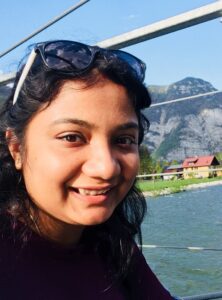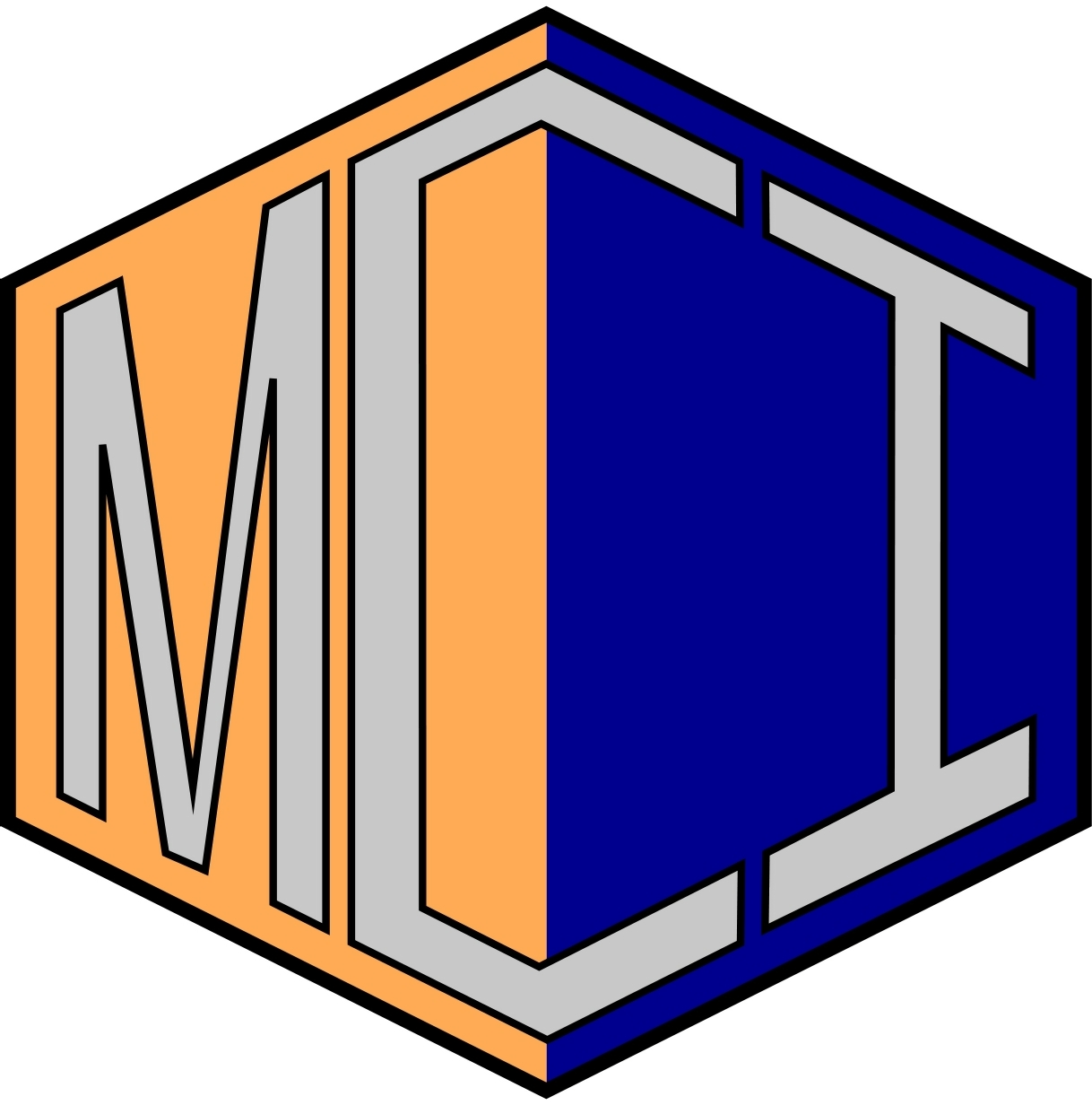
Dr. Priyadarshini Ghosh completed her Bachelor of Science in Chemistry at Jadavpur University, India, in 2010 and her Master of Science Integrated with a Ph.D. in Materials Science from the Indian Institute of Science in 2018. During her Ph.D. she conducted research in the thermodynamics and kinetics of crystal growth in low dimensions and monolayers. Specifically, she studied in detail different aspects of chemical vapor deposited monolayer graphene with several important conclusions, which enables reliable production of large-area graphene with tunable defect densities. In addition, she experimentally observed the interaction of defects in monolayer graphene with the microwave assisted nucleation characteristics of Au nanoparticles. Her doctoral research also included the analytical study of 1D and 2D-heterostructures and their interfaces with advanced microscopic and spectroscopic techniques. As a post-doctoral research associate at Indian Institute of Science she extended her research on nanoscale 1-dimensional heterostructures and topological insulators. In 2019 she joined the Metal-ceramic Interface group in the Department of Materials Science and Engineering at Technion, Israel as a post-doctorate fellow.
Dr. Ghosh’s current research interest in metal ceramic interface involves two exciting topics. First is an understanding of the influence of segregating dopant species on the mobility of grain boundaries in alumina, at dopant levels below the solubility limit. While it is well known that various dopants and impurities can significantly influence sintering and microstructural evolution of ceramics, experimentally determined values of the solubility limits at processing temperatures are required to control secondary phase formation, and utilize mechanisms such as solute-drag. This research includes determination of the high temperature solubility limit of key dopants in alumina, using fully calibrated wavelength dispersive spectroscopy (WDS). The second topic is related to solid state crystal nucleation and growth mechanisms within ceramics at elevated temperatures. Such fundamental experiments involve in-situ high resolution transmission electron microscopy (TEM) with atomic level chemical resolution measurements to elucidate the crystal dynamics. The research aims to study the early stages of nucleation, governed by interface energy, structure, and strain.
Awards and Fellowships:
- Department of Science and Technology-Inspire fellowship (Undergraduate Program, 2007-2010)
- Best poster award in ‘International Conference on Electron Microscopy and XXXIV Annual Meeting of the Electron Microscope Society of India (EMSI)’
- European Physical Society Best poster award in “Graphene 2014”
- Graphene Flagship fellowship for attending “Graphene Week 2017”
Publications:
- Ghosh P, Marder R, Berner A, and Kaplan W D, The influence of temperature on the solubility limit of Ca in alumina, J. Eur. Ceram. Soc. 2020, https://doi.org/10.1016/j.jeurceramsoc.2020.07.057
- Ghosh P, Paria D, Balasubramanian K, Ghosh A, Narayanan R, and Raghavan S, Directed Microwave‐Assisted Self‐Assembly of Au–Graphene–Au Plasmonic Dimers for SERS Applications, Adv. Mater. Int. 2019;6(18):1900629. https://doi.org/10.1002/admi.201900629
- Ghosh P, Kumar S, Ramalingam G, Kochat V, Radhakrishnan M, Dhar S, Suwas S, Ghosh A, Ravishankar N, and Raghavan S, Insights on defect-mediated heterogeneous nucleation of graphene on copper, J. Phys. Chem. C. 2015;119(5):2513-22. https://doi.org/10.1021/jp510556t
- Chatterjee D, Ghosh P, and Ravishankar N, Enhancement of Raman signal from analytes on ultrathin Au and AuCu alloy nanowire network substrates, Mater. Res. Express 2019;6(8):085068. https://doi.org/10.1088/2053-1591/ab1fd3
- Balasubramanian K, Biswas T, Ghosh P, Suran S, Mishra A, Mishra R, Sachan R, Jain M, Varma M, and Pratap R, Reversible defect engineering in graphene grain boundaries, Nat. Commun. 2019;10(1):1-9. https://doi.org/10.1038/s41467-019-09000-8
- Barman B K, Sarkar B, Ghosh P, Ghosh M, Mohan Rao G, and Nanda K K, In Situ Decoration of Ultrafine Ru Nanocrystals on N-Doped Graphene Tube and Their Applications as Oxygen Reduction and Hydrogen Evolution Catalyst, ACS Appl. Energy Mater. 2019;2(10):7330-39. https://doi.org/10.1021/acsaem.9b01318
- Bardhan A, Mohan N, Chandrasekar H, Ghosh P, Sridhara Rao D, and Raghavan S, The role of surface roughness on dislocation bending and stress evolution in low mobility AlGaN films during growth, J. Appl. Phys. 2018;123(16):165108. https://doi.org/10.1063/1.5005080
Thesis:
Ghosh, P., 2018. Controlled Nanoscale Growth of 2D Materials and Their Heterostructures (Doctoral dissertation). http://etd.iisc.ac.in/handle/2005/4227
Google Scholar link:
https://scholar.google.com/citations?hl=en&user=wNW9__4AAAAJ&view_op=list_works&sortby=pubdate
Priya can be reached at 04-829-4290 or by mail at p.ghosh@campus.technion.ac.il


